Say what you will about jeggings – more often than not, the real fashion victims are the environment, climate, and people making your clothes.
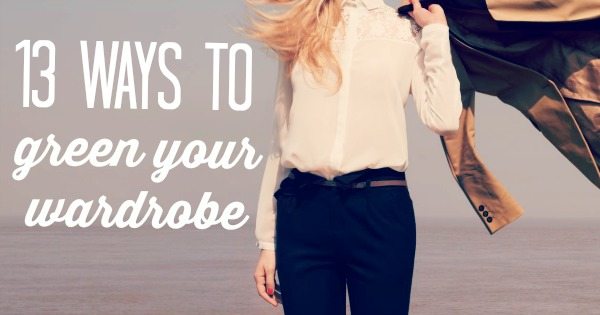
Op een naaimachine aangedreven door een fiets kunnen mensen een stoffen logo met een aardbol op hun kleren naaien.|Visitors are having a look at the clothes swap possibilities.
Bezoekers bekijken de mogelijkhede van de kledingruil.|Model loads washing machine.
Research commissioned by the organization has revealed that clothing, sold internationally by major clothing brands, are manufactured using nonylphenol ethoxylates (NPEs). NPEs – which are used as surfactants in textile production – subsequently break down to form toxic nonylphenol (NP). Nonylphenol is a persistent chemical with hormone-disrupting properties that builds up in the food chain, and is hazardous even at very low levels.|Organic farmer Gullapalli is proud of this years cotton harvest. In spite of drought and lack of water (they don’t have a well on their farm), they have managed a decent harvest and secure income. It helps that the input cots in their organic cotton farm is close to nil. They manage pests ecologically, working with biodiversity and local resources as the Neem tree, a native tree with potent insecticide properties that grow naturally in their farm. They work with Chetna, an organic farmers association that disseminates organic practices and help market their cotton at fair prices.|Visitors are having a look at the clothes swap possibilities.
Bezoekers bekijken de mogelijkhede van de kledingruil.
1. Buy second-hand Alongside supporting petitions and telling brands they need to change, there are lots of other things you can do to help reduce your fashion footprint. Here are 13 ways you can change your shopping habits, your wardrobe and the world around you.
Why buy new when you can go second-hand? Charity shops, vintage stores, flea markets and online marketplaces are packed full of great clothes and style bargains.
2. Make your own style
There is nothing cooler than wearing something you made yourself! Why not take a knitting or sewing class or watch some tutorials online. You can find wool or fabric shops in most cities and to make sure your wooly hats are green, look for organic fabrics or alternative yarns like milk, corn or even recycled jeans! In need of some inspiration? Check it out.
3. Buy green
Look out for brands that make clothing from recycled materials or use only environmentally friendly fabrics and natural dyes. Though there is not yet the perfect toxics-free brand, many designers are making clothes in a much more greener way. You can find specialised eco-fashion stores in many cities today and online. Here are a few places to check out.
4. Organise a clothes swap
Clothes swapping is one of the most environmentally friendly ways to reduce waste and upgrade your wardrobe without spending a penny! Check out our 10 steps to clothes swapping heaven for some tips and tricks to making your own swap.
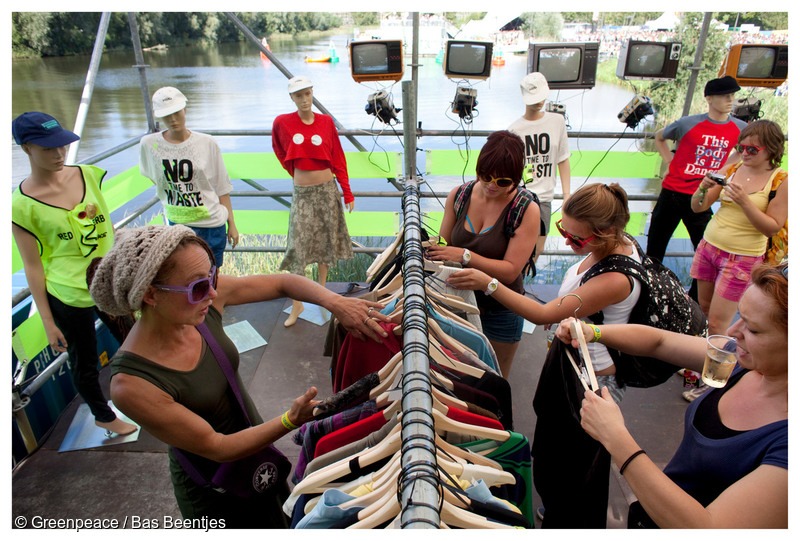
5. Buy classics and focus on quality
Invest in well-made, quality classics or things that you love. If they go ‘out of fashion’, hold on to them – you’ll be surprised how quickly styles come round again! Check the seams, zippers and buttons, which are well known breaking points. This also applies to shoes, for example, look at how well the sole is attached.
6. Fix things up
If you’ve got clothes you’re not wearing because they need a new zip or need taking up, then dive in and give it a go. Failing that, why not take them to the local tailors. You can also re-fashion your clothes by changing buttons, turning dresses into skirts, jeans into shorts and more. Check out blogs like Refashionista for tips and tricks.
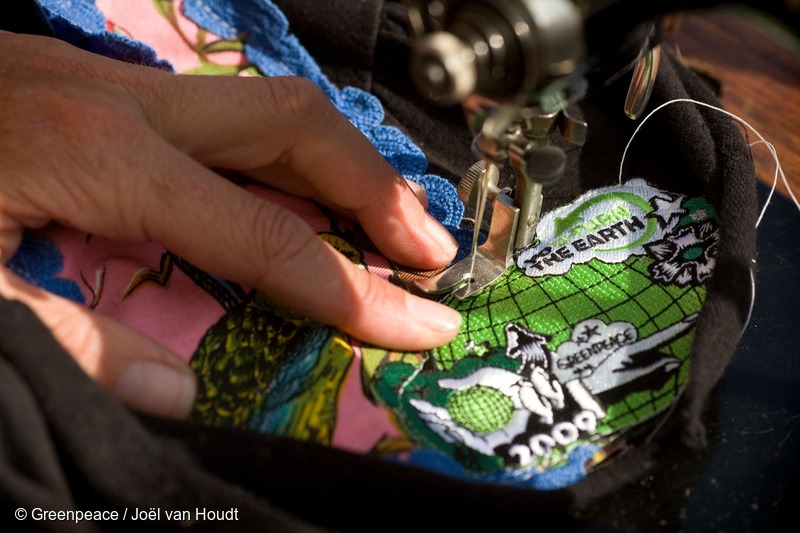
7. Spring clean your wardrobe
If there’s anything in your wardrobe you’re not using then liberate it! Pass it on to a friend, donate it to charity, put it in a clothes donation box or advertise things on your country’s equivalent online market like Freecycle, eBay or even recycling fashion companies like Thread Up!
8. Wash green
A lot of the environmental impact of clothes actually comes from washing them. Minimize this by making sure you wash a full load and by using the eco setting, if your machine has one. Did you know most of the electricity used in washing comes from heating the machine, so why not try turning it down. Normal laundry will wash well at 30 degrees.
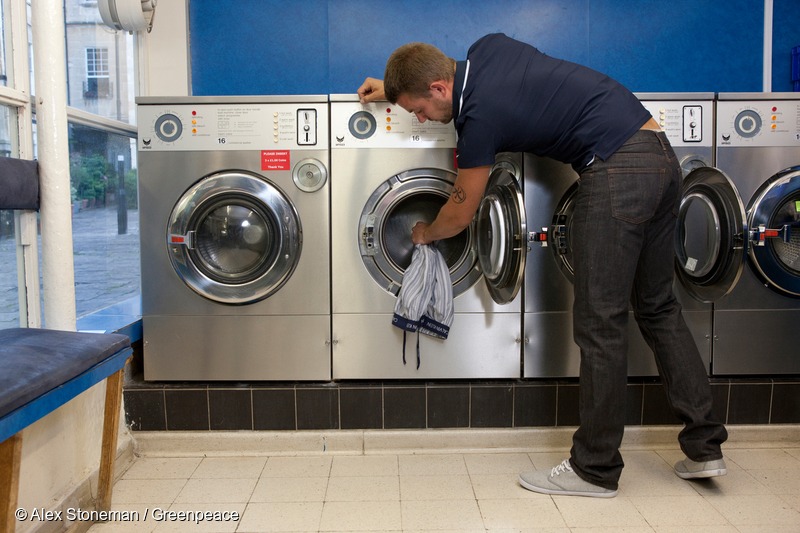
9. Say yes to fair-fashion
Fairtrade products are booming. In addition to coffee, tea, bananas and chocolate you can also buy a whole range of Fairtrade fashion. For the latest news on labour standards in the textile industry check out the Clean Clothes Campaign.
10. Go organic with your cotton
According to the Water Footprint Network, just one 250g cotton shirt is estimated to use 150g of pesticides and up to 2,720 litres of water. Why not try to switch to organic cotton where possible? Find out more about organic cotton here.
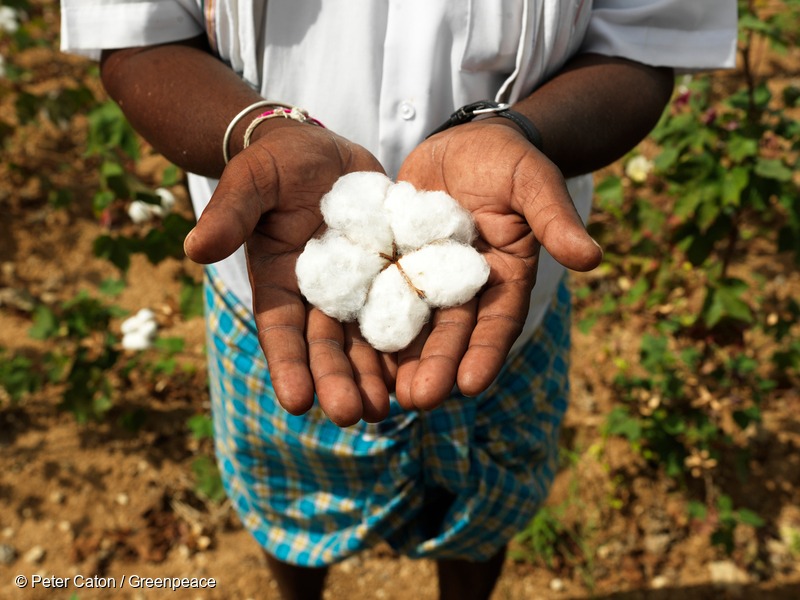
11. Speak to your favourite brand!
Visit your favourite brand’s website and see if they’ve implemented any environmental policies, especially for chemical management. If not – or if their policies aren’t good enough – let them know that you love their clothes but want them to improve! If we have learnt something from the Detox campaign it is that brands listen to their customers!
12. Look at the label
It is not easy to get along in the label jungle. But you can inform yourself about the different eco-labels and what they really mean by visiting the Eco Label Index.
13. Spread the word
Tell your friends about the real story behind our clothes. Get them inspired about swapping, hold a refashioning evening, go second hand shopping together, tell them about the Detox campaign!
Greenpeace is currently campaigning for toxic-free fashion. Learn more about the campaign and see which companies have switched over here.


